
In 2010, I did a 12-day mountaineering course with the American Alpine Institute. We climbed South Early Winters Spire (SEWS) via South Arete (5.5) as part of the program. Nine years later in 2019, I was excited to get back on SEWS and climb it via Southwest Rib (5.8) route.
Ross Lake National Recreation Area

This was a British Columbia Mountaineering Trip organized by Farbod, and there were eight of us in total. On July 14, Friday afternoon Bala and Seb picked me up from Langley. We crossed the border in Sumas, and it was uneventful. We made a quick stop at Ross Lake National Recreation Area. From the lookout, we had a beautiful view of the Diablo Lake and surrounding mountains.
Another 40 minutes of driving, and we were at the trailhead. After a quick dinner, we camped at the trailhead. We woke up around 4:30 am the next day, and by 5:30 am, we hit the trail.
By 7 am, we were at the base of the climb, and two climbers were already on the route. We stacked our gear and enjoyed the views. We had the company of some of the best climbers in the world – the mountain goats.



Southwest Rib Route

After thirty minutes or so, our first team started climbing.
Farbod, Nasim and Jafar – Team 1
Bala, Youliana and Shashi – Team 2
Seb and Wayne – Team 3
Pitch 1 (5.8+)
Super Topo accurately describes the first pitch as “…short but stout, old school 5.8+”. Farbod spent some time looking at different options at the crux and finally figured it out. Since it was a big group, Farbod left gear at key places so that the following team can climb up faster.
Pitch 2 (5.8)
The second pitch, ‘Wavy Crack’, is a sustained crack climb with exposed sections. Bala lead the first two pitches for our group, and Seb took the lead in Team 3.
Pitch 3 (5.5) and Pitch 4 (5.6R)
The next two pitches were short and easy, and I led this section in one pitch. The next one was Nervous Nelly – a 5.6+ slab that is runout. The crux involved making a short traverse to the right. Given the exposure, I was anxious at this section and was relieved to reach the jugs.
Pitch 5 (5.7+)
As I reached the top of the pitch, Farbod was already on the next route – Bear Hug. He had the biggest cams – #5 and #6 and was figuring out the placement on the two parallel cracks. He would place a cam, climb and then slide the cam again for better protection.
I set up the belay station just past Nasim and Jafar. Youliana and Bala climbed up, followed by Wayne and Seb.

After a long wait, it was our turn. Bala led the Bear Hug, which he recently described as a “fun and expensive pitch.”
Youliana was the next one up.
By the time I was at the top of this pitch, Team 1 had already gone ahead. I made my way around the boulders and started leading the next pitch.
Pitch 6 (5.6) and Traverse to Gully
I didn’t see anyone ahead, and route finding here was tricky. I climbed up the first section of the arete, and instead of climbing the unprotected arete, I traversed left to the tree. Then I climbed up the crack above the tree. I was happy to see the small belay ledge. Given the route I had taken, the rope drag was terrible.
Youliana had brought her radio set. We checked with Farbod, and they were already at the base of the last pitch to the summit. He asked us to climb up and then traverse to the gully instead of going up the next pitch and rappelling down to the gully. I climbed up the short slab and then moved right for the traverse.
The traverse was exposed, and once Farbod was visible, he helped me find the right route. It took a long time for all of us to get to the base of the last pitch. Farbod, Nasim and Jafar had been waiting here for almost two hours.
Pitch 7 (5.4)
It was a short and easy pitch, and we were at the summit by around 5:45 pm. It had taken almost 10 hours for our group to climb the entire route. Fun Fact: Chris McNamara and Ian Nicholson climbed it in 26 minutes.
Descent via South Arete
Around 6 pm, we started making our way down the South Arete. This was the route I had climbed up with American Alpine Institute back in 2010. The White Camel pitch – an exposed traverse was the most memorable path of the climb.
Back in 2010, I had scooted my way across White Camel. This time, it felt relatively easier to traverse. We slowly made our way down the South Arete. After a couple of rappels, we were down on the ridge.
We hiked back to the tree where we had stashed our bags. We hiked in the dark, and by the time we reached the trailhead, it was past 11 pm. It had been 17.5 hours since we had left earlier in the day. It was my longest day of climbing.
We sorted out the gear on the picnic table and had a quick dinner. I drove back with Seb, and by the time he dropped me off, it was 4:30 am. Seb had another 30 minutes drive to Vancouver and said that he blasted music for the rest of the drive to stay awake.
In two weeks, I would climb again with Farbod, Nasim, Jafar, Seb and Youliana on Tricouni North Ridge.
Here are few pictures from my 2010 climb of South Early Winters Spire via South Arete –



Resources:
South Early Winters Spire – Southwest Rib Route Guide / Trip Report:
Summit Post | Super Topo | Mountaineers
Glossary of rock, ice and mountain climbing terms.
If you are in Lower Mainland, check out British Columbia Mountaineering Club for trips and courses.
Disclosure: I am not affiliated with any of the above individuals or organizations.
Did you enjoy reading this post? Please subscribe to get weekly updates. Please share your feedback in the comments section below. Thank you!
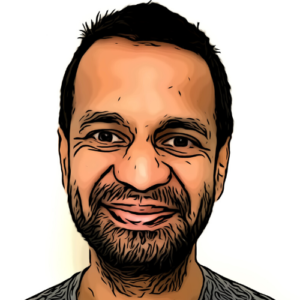

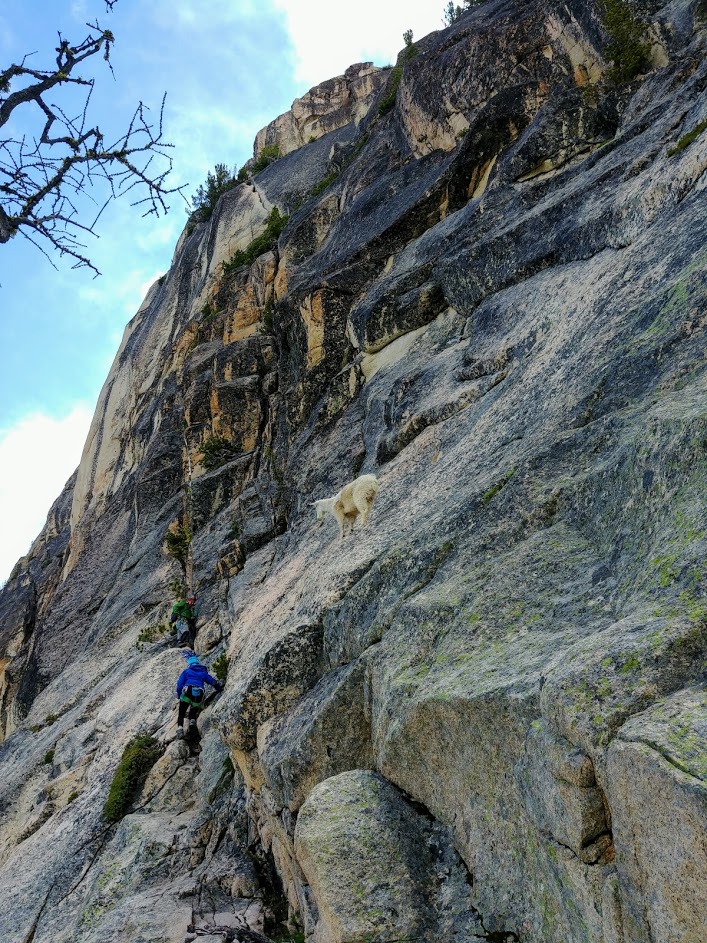
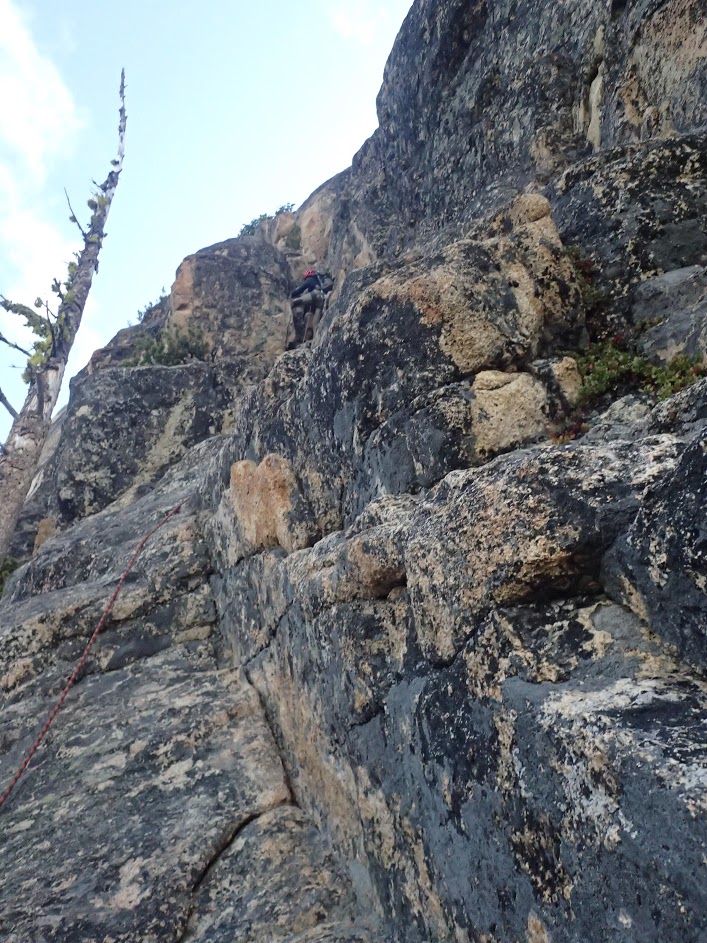
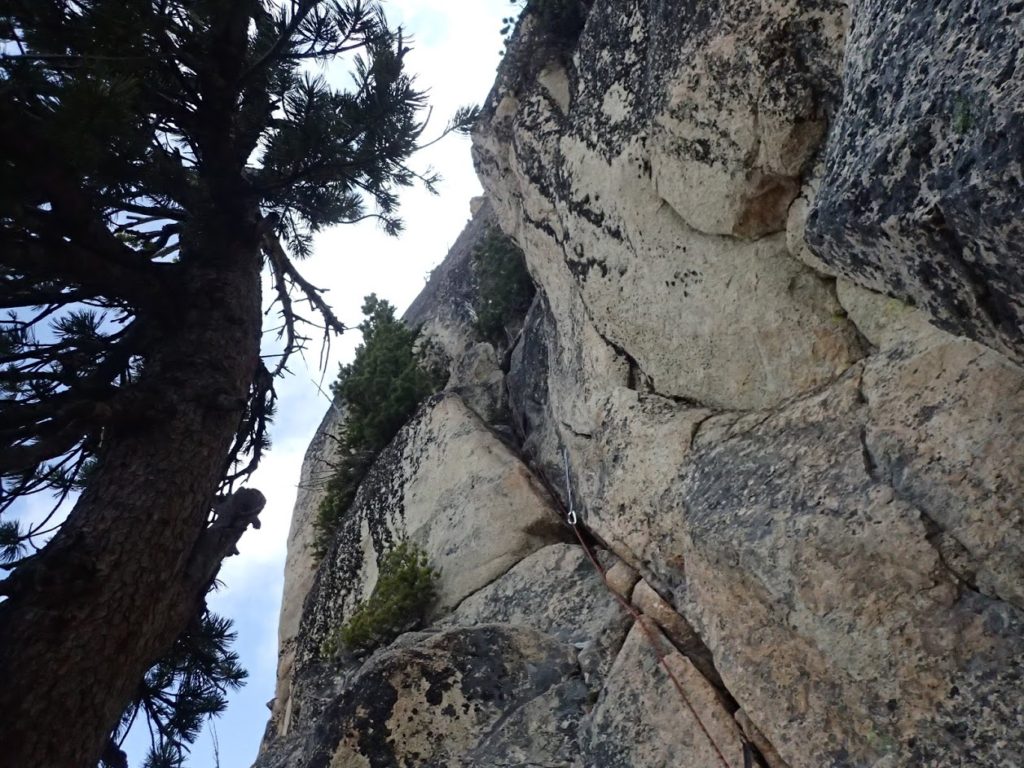
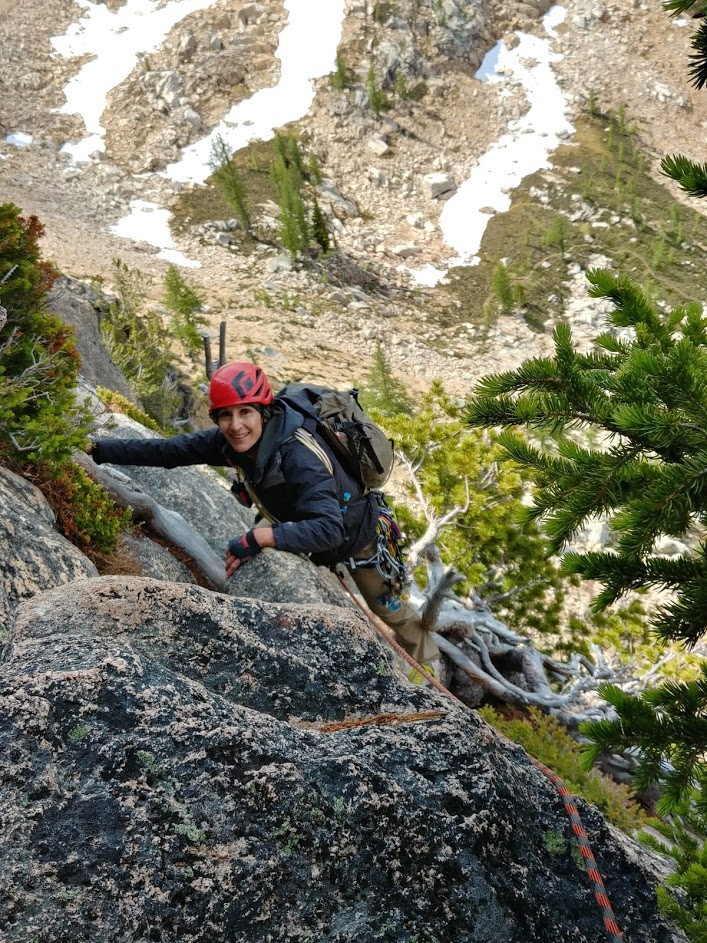
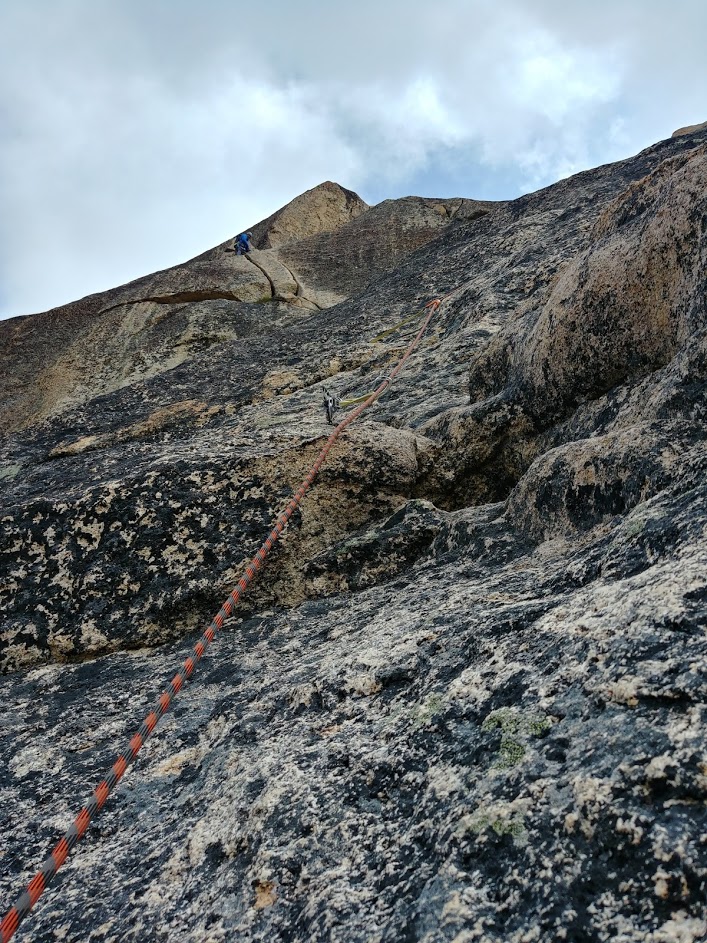
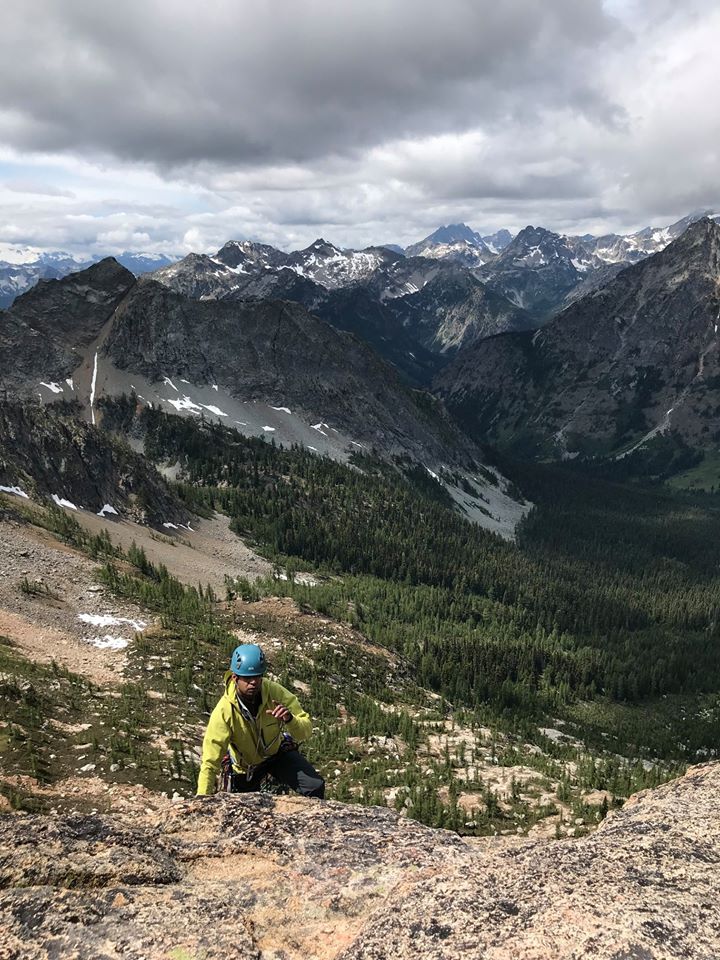
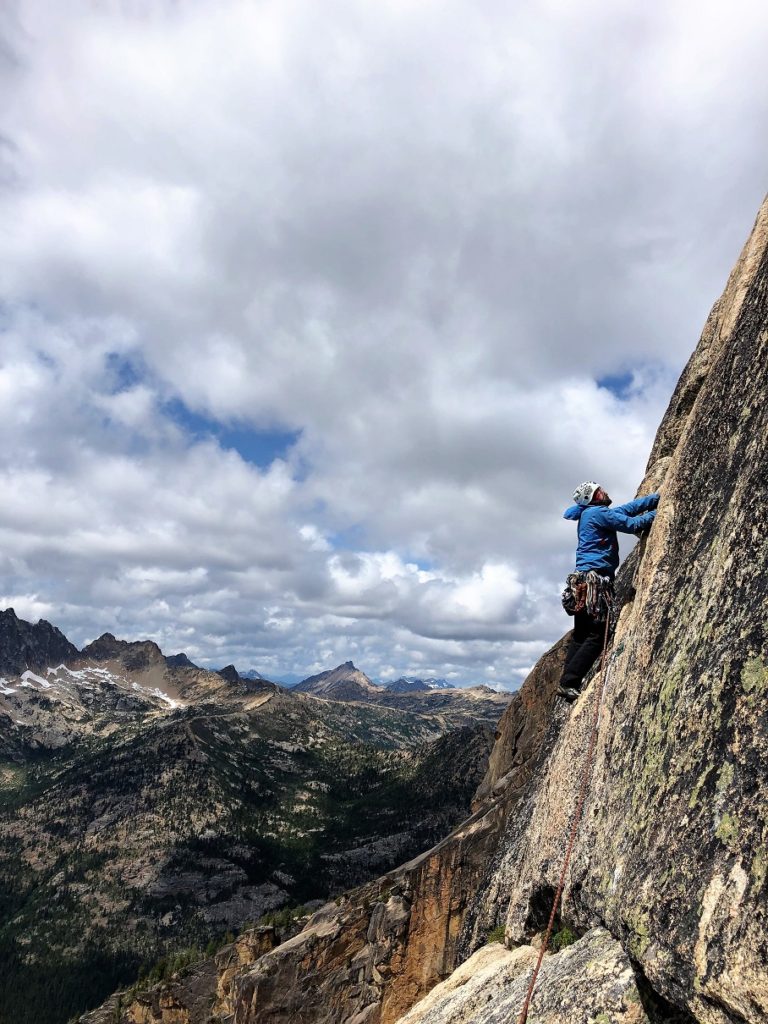
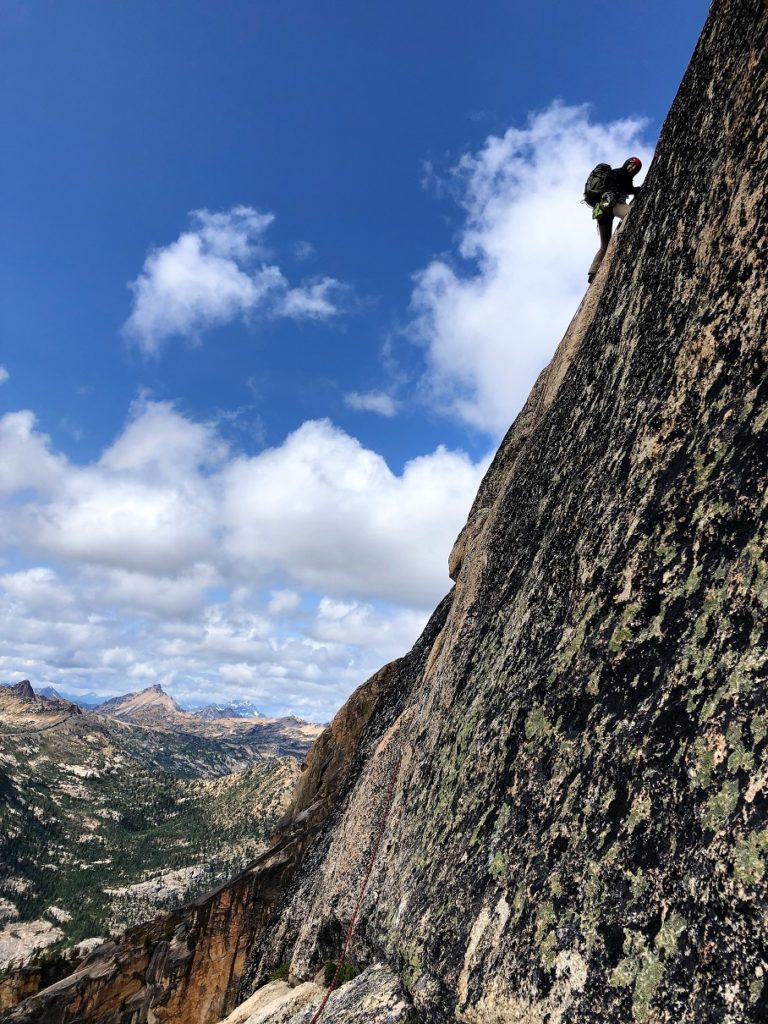
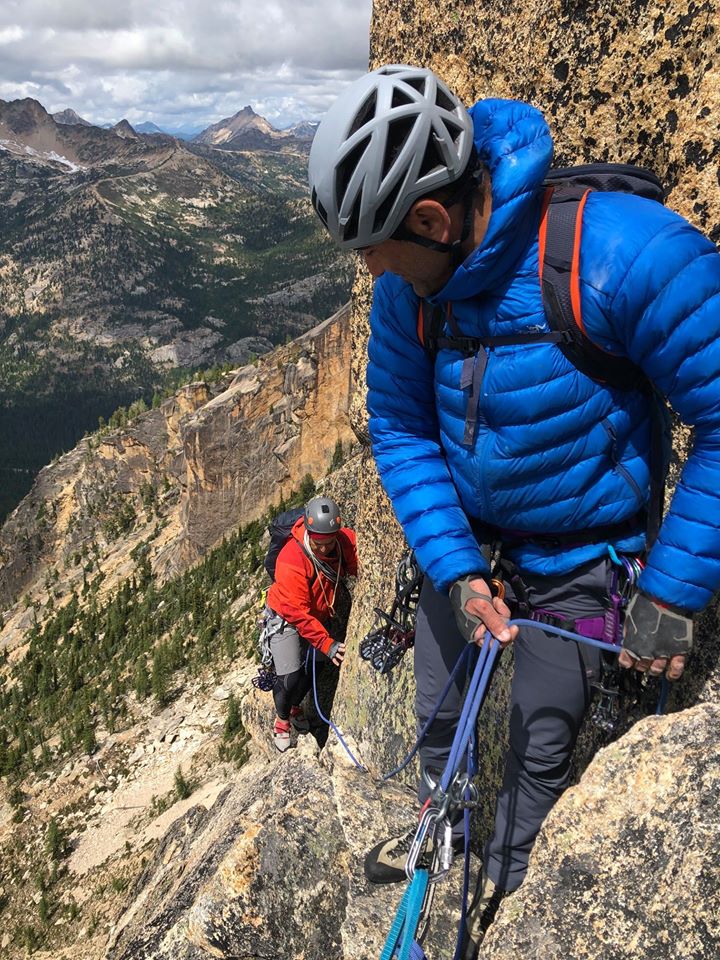
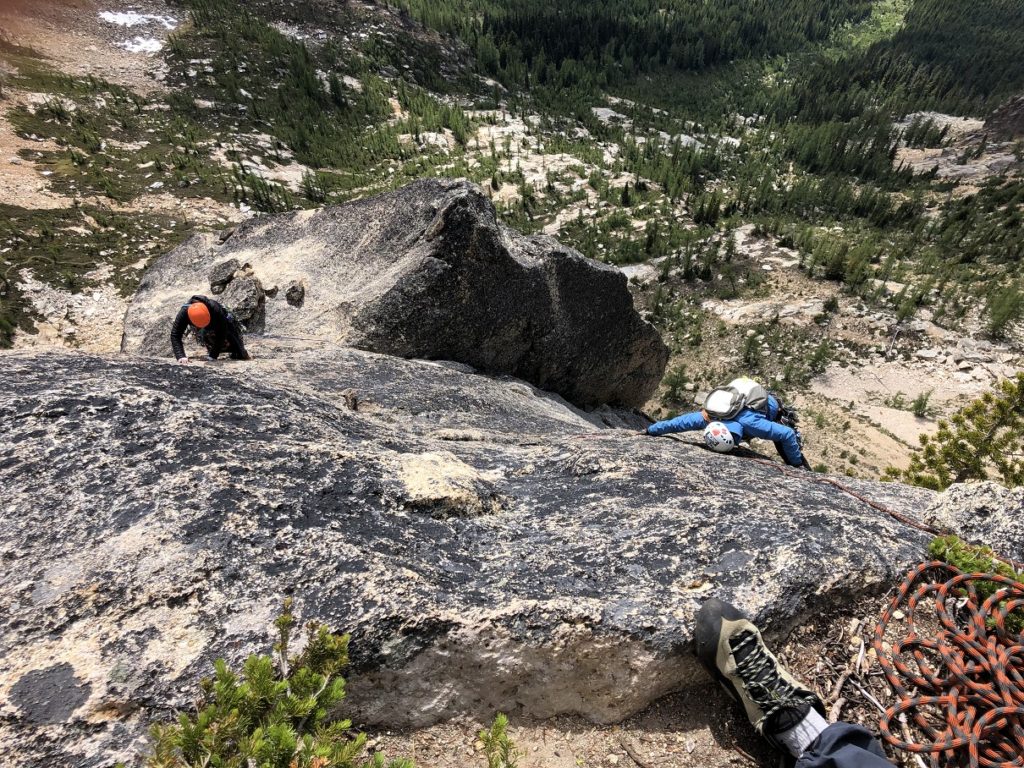
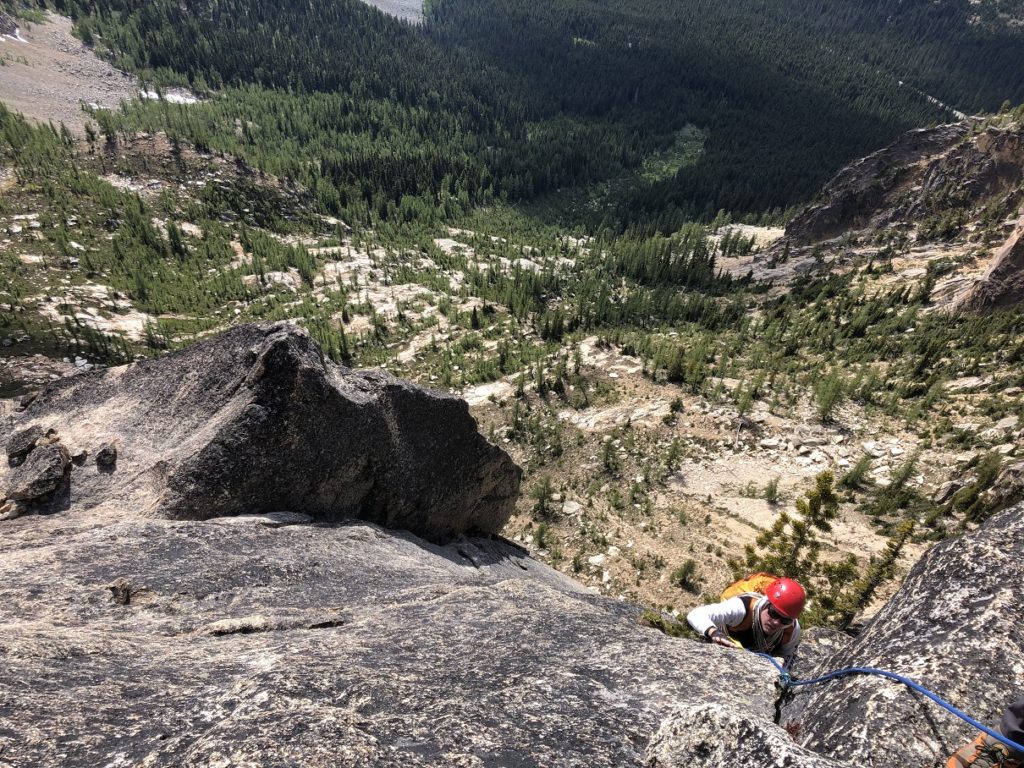
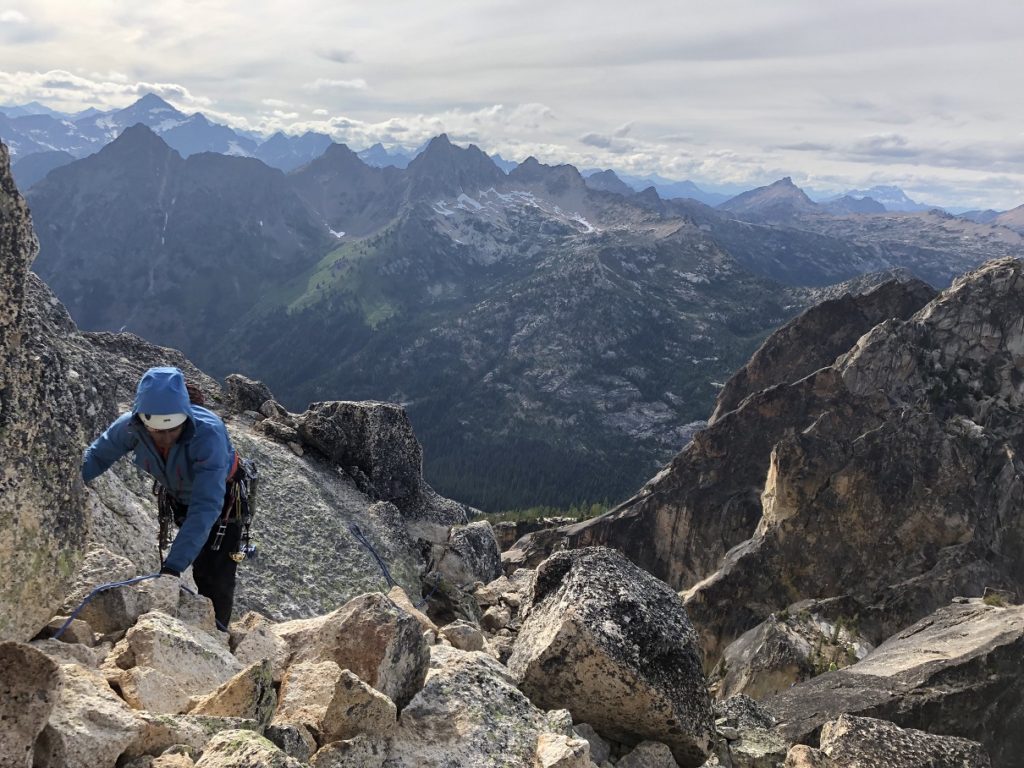



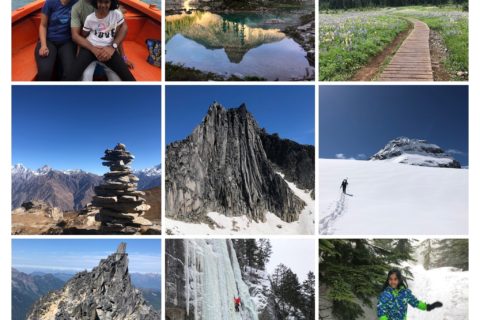
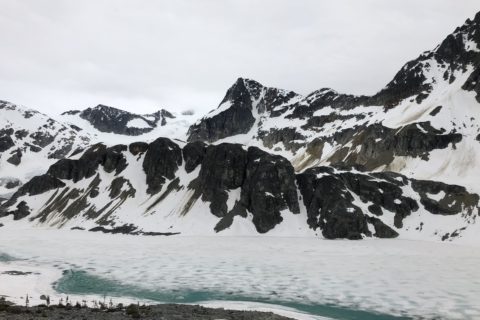
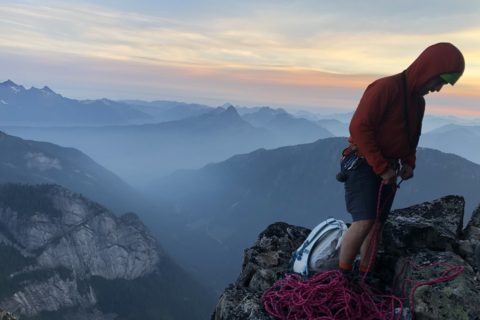
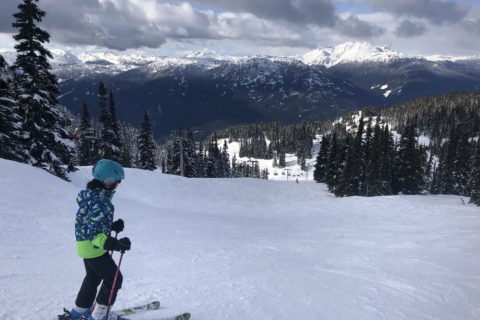
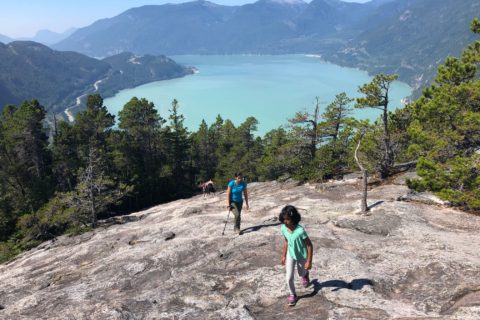
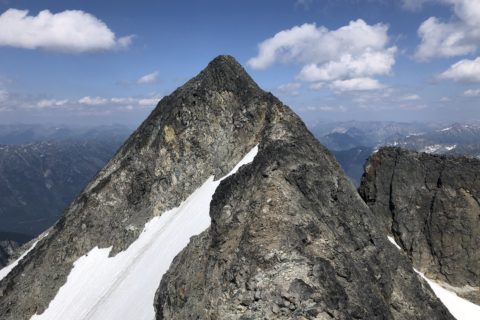
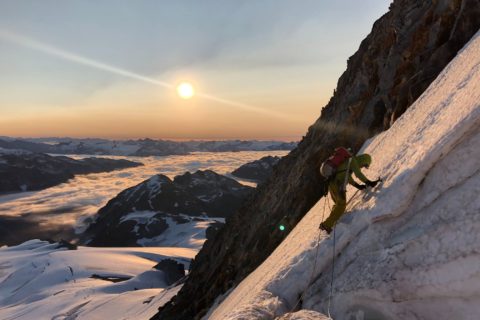
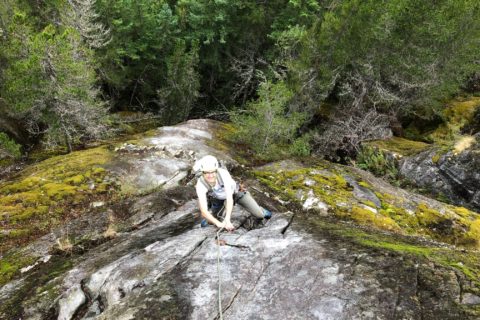
Chanda baredidi Raja
Yella odide
Thank you!
khoop àvaghad distey.
chan lihile aahe
Thank you!
Awesome Shashi!! Proud of you dost.
Keep climbing 👍
Thank you Vishal. Really appreciate the support.